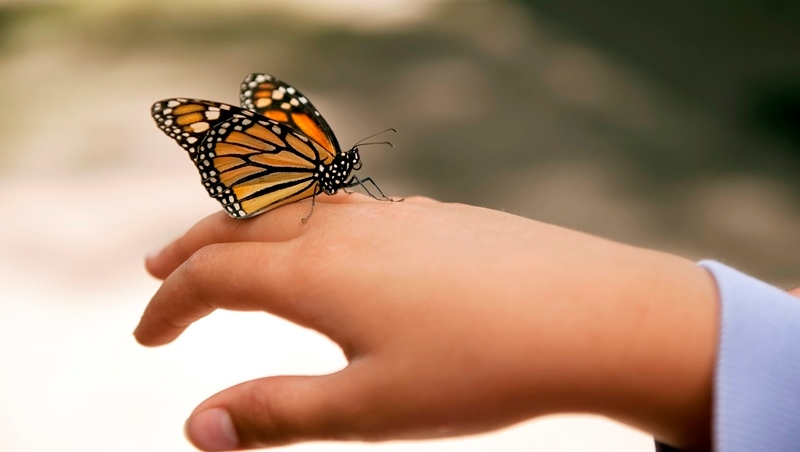
What is epidermolysis bullosa?
In patients with epidermolysis bullosa, more or less large blisters containing a clear, transparent fluid appear on the skin. They can mainly be found on the feet, hands, and sometimes on the mucous membranes (mouth, genital areas). When they burst, the blisters leave the skin raw, which is then difficult to heal.
There are several forms of epidermolysis bullosa:
– Epidermolysis bullosa simplex, where the epidermal skin (most superficial layer of the skin) detaches. It is the most common form.
– Junctional epidermolysis bullosa, where the dermis and the epidermis detach.
– Dystrophic epidermolysis bullosa, where the dermis (deepest layer) detaches. It is the least common form.
In the most severe forms of epidermolysis bullosa (junctional and dystrophic), blisters can appear all over the body. The skin detaching causes one or several wounds (called “erosions”), which form scabs most of the time.
Given the skin surface area that is uncovered, the risk of infection is also greater. Also, germs develop and change the appearance of the blisters, which become purulent, weeping and red around the edges.
Causes
Epidermolysis bullosa is a rare, hereditary, genetic disease. It is caused by certain faulty genes, those which produce proteins to ensure cohesion between the various layers of the skin. The first symptoms appear from birth or during childhood.
Therefore, as the epidermis adheres less effectively to the dermis, a minor impact or very mild friction (clothing, nappy, shoes, gloves etc.) is enough for blisters to form at the surface of the skin. Nevertheless, other blisters can appear spontaneously on the body.
How to treat patients with epidermolysis bullosa?
There is unfortunately no curative treatment for epidermolysis bullosa. Therefore, only general management of symptoms for relieving pain and minimising complications can be offered to the patient.
Carried out daily in a highly aseptic environment (usually in hospital), treatment consists of applying non adherent dressings and Vaseline where applicable. Covered with a sterile compress held on with a loose bandage and tape, the dressing should not be too tight, to both enable healing and to leave the patient freedom of movement (for the joints especially).
Bandages should then be changed either daily, or every 2 to 3 days during bath time, which is also when any dressing that has remained stuck can be removed.
In the event of junctional or dystrophic epidermolysis, healing can be delayed and the lesion can develop into a chronic wound, which will require specific treatment.
Some advice
The way in which epidermolysis bullosa progresses varies significantly from one patient to another and from one form to another. It is therefore essential to regularly consult the nursing staff looking after you and treating you for this disease.
Finally, these precautions will help you, as a patient or parent of a patient, to better understand the consequences of epidermolysis bullosa on the family’s daily life:
- Keep the environment cool, since heat increases the risk of lesions.
- Avoid sticking anything on the skin and only use certain types of non-adherent dressings.
- Choose a soft mattress and sheets and soft towels. Protect around the paediatric patient’s bed to prevent shocks.
- Loose seamless cotton clothing with no labels or elastics should be preferred.
Urgo’s commitment to epidermolysis bullosa
Since its creation, the URGO Foundation supports projects to improve the quality-of-life of patients suffering from epidermolysis bullosa, and the quality of their treatment. It also supports DEBRA, the global advocacy network for this disease.
Working in countries with the highest prevalence and where treatment for this disease is little available or even non-existent, the URGO foundation supports initiatives treating this disease, of which little is still known:
Organisation of training for nursing staff with the help of experts.
Support for families in treating wounds and teaching them how to care for them.
Financing of equipment for improving patient care.
To find out more about this disease and support research and families:


